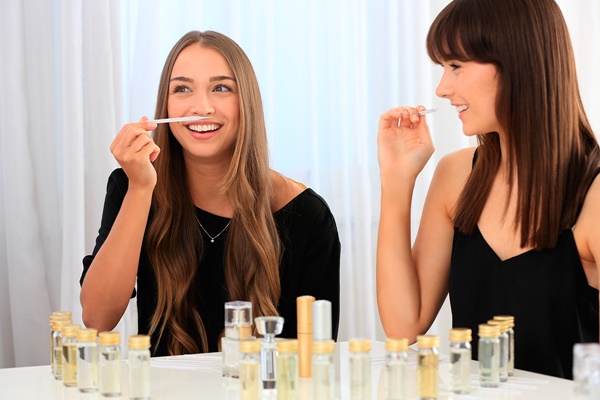
Tag customization
Linda Harding-Bond
June 28, 2017

Competition in the beauty sector is fierce, with spas and salons up against department stores and retail outlets for consumer sales. An obvious competitive advantage that we have over beauty counters are our therapists; trained licensed professionals with in-depth knowledge of skin and body. However, this advantage must be leveraged beyond mere product training. Read More
Linda Harding-Bond
August 13, 2016
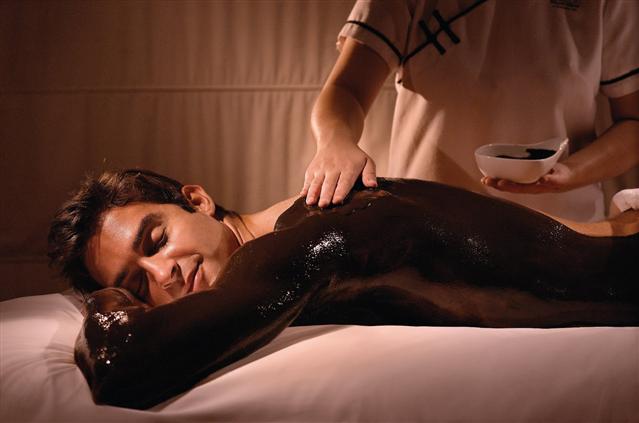
Wellness tourism is projected for an 11 percent compound annual growth rate through 2020, according to Technavio analysts. Primary wellness tourists traveling internationally outspend the average international tourist by at least 60 percent, signaling a growing and valuable revenue stream for hotels.
The growth of Southeast Asia, namely Malaysia, Indonesia and Vietnam, is also projected to fuel the market. Read More
Linda Harding-Bond
June 19, 2016
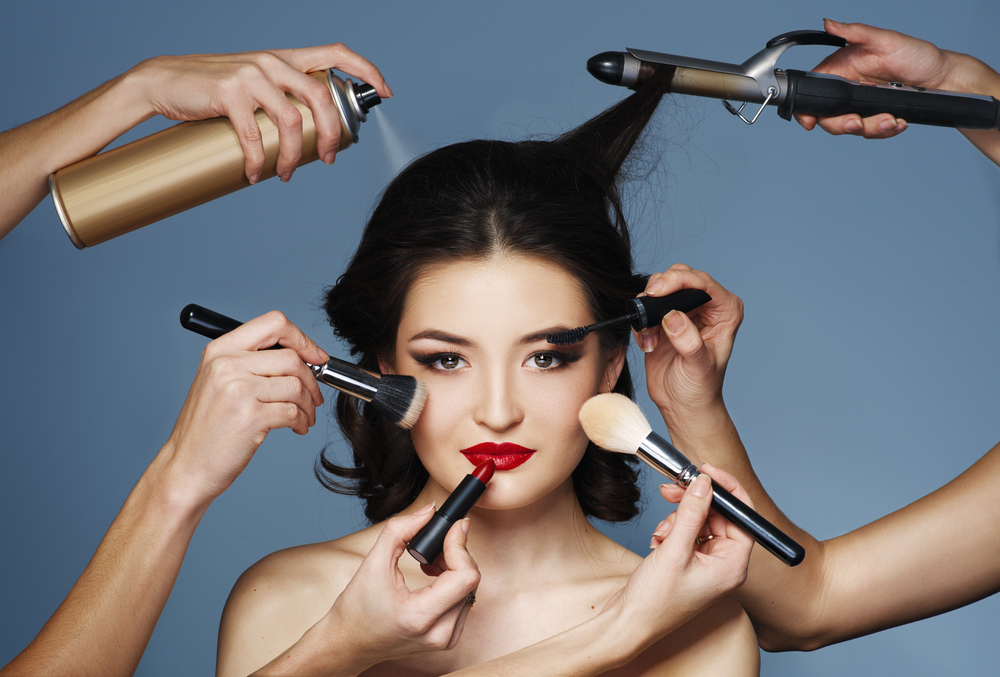
I worked at a top spa in Philadelphia for ten years. We carried a total of ten skin care lines. I had used them all and was totally in love with maybe six. I could talk for hours about their benefits and the differences between what each product offered.
At that time therapists at the spa were averaging around $3,500 per month in retail product sales. I spoke with the spa manager last week who told me that figure has increased to $5000. That’s the impact of time and experience.
Many of you might assume that high pressure tactics are being used to sell, the clients are outrageously wealthy or the products are overpriced. Read More
Linda Harding-Bond
May 20, 2016
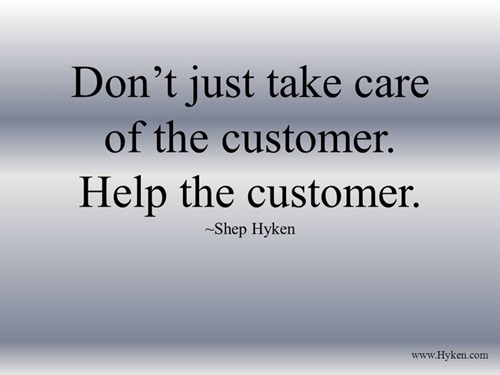
Do you believe that every customer deserves a great experience? Your quiet, somewhat shy therapists are well skilled in treatments. They can perform a perfect massage or facial. They diligently attend product training and know the ingredients contained in your retail offerings. Read More
Linda Harding-Bond
January 26, 2016
Three Million Dollar Mistakes Your Spa Might Be Making

In bench-marking studies from the past year, the average retail revenues at Five-Star hotel spas ranged from 3% to 10%. It’s a shame because with retail profit margins higher than services, they have the potential to represent 20-35% of the overall revenue earnings.
Some exceptional examples in the industry like The Spa at Hershey and Gianni Versace’s spa actually have signature retail lines which provide a whopping 45% of their profit.
But both have a system of selling that is consistent and effectively in place.
At too many spas, there is inattention to the impact of everyday processes. Employees perform with comfortable repetition without examining the effects or implications of their actions to the larger picture.
Here are three of the most common mistakes resulting in millions of dollars in loss of potential revenue for international hotel brands.
1. Non-existent Retail Process
In various parts of the world, spa intake forms that customers painstakingly fill out are required only for government compliance.
Shockingly, they are not used to initiate guest conversation because the therapists are unable to speak the customer’s language. So the form is simply ignored.
And in its stead, no process is put in place to ensure smooth communication between the therapist and guest. No mechanism or liaison is provided which guarantees that the appropriate treatment and product recommendations are given.
Guests are allowed to leave the spa without closure aside from paying their bill. Discussions about follow up treatments or home care never take place. This often results in feelings of disappointment. Of having paid a premium price for an experience that was nothing special and therefore unnecessary to repeat.
2. Non-selling Massage Staff
How many of your massage therapists sell retail products? With the exception of cruise ships, many upscale spas give massage therapists a pass on product recommendations. In many cases products that are perfect accompaniments and home care solutions to massage treatments are sitting in plain view on the shelves but they’re never mentioned.
Product recommendation is an important component to personalizing a guest’s experience. It’s a powerful and effective way to differentiate your brand from the competition. It has also been proven to stimulate return visits and customer loyalty.
By allowing your massage team to by-pass this step, your spa is sending a message that your level of service is inconsistent according to the treatment selected, and that sub-standard service is OK.
3. Annual Therapist Training
Does your spa team receive product training once a year that substitutes for “customer training”? Are you satisfied with it because its “free”? Guess what; it really isn’t free. It’s costing you a lot.
Product knowledge can now be accessed by almost anyone if they have access to the internet. Your customers often come to the spa equipped with far more product knowledge than your therapists.
To be competitive in today’s spa market, therapists must bring a different more relevant set of customer information skill sets. This requires regular training, feedback and refreshers.
If you’re not showing them how to deliver the best customer experience through active listening, engagement, treatment and product personalization your organization is behind the times and losing ground on revenue and repeat business.
Have you made any changes to the way you’re doing business in 2016?
Linda Harding-Bond
August 18, 2015
Why Millennials Will Force Spas to Step Their Game Up

Women and men between the ages of 25 to 34 are pretty glamorous people. They like to look and smell good. And they love to shop for the products which can help them get that way.
Consumer research firm Scarborough offers some interesting insight into the Millennials when it comes to making purchases. Among them:
- 65% of millennials like to compare prices across different sites before purchasing
- 34% say going online is one of their favorite things to do in their free time
- 51% agree that being able to customize an item makes them more likely to purchase
Spa therapists need to understand that many millennials who get spa treatments come mentally prepared to buy. Read More
Linda Harding-Bond
May 1, 2015
Customization-the Key to Attracting Men
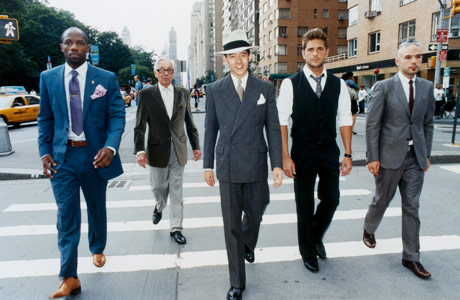
Doug Chambers, founder/principal of Blu Spas, Inc. stated “A key to understanding the male skin care market is to understand that customization is just as relevant to the male market as it is to the female market. All too often spa menus feature multiple facial options unmistakably crafted for women and a single one-size-fits-all facial for men.”
A more customized experience for men should be the goal, accommodating the individual needs and desires of your target male market.
One way to begin that process is to identify which products among your retail selection are ideal for men. But with the wide range of products now available specifically suited to men’s needs, there is no longer an excuse for not having a section of your spa menu and products dedicated to the the fellas.
Read the complete article- 4 Strategies to Capture the Men’s Skin Care Market http://bit.ly/1Qi8Bbr

